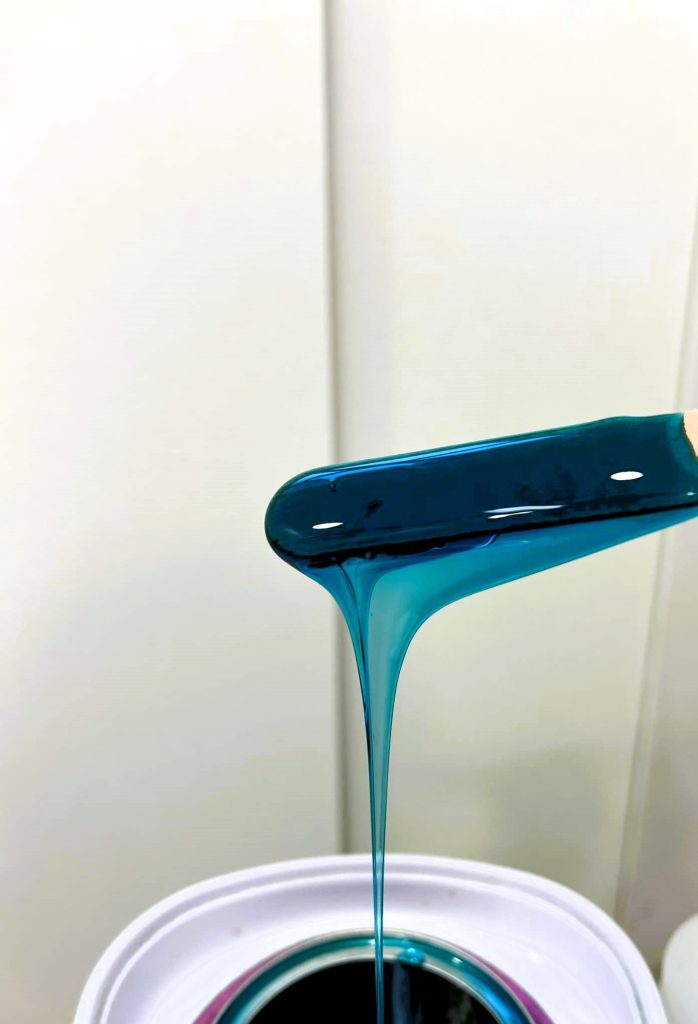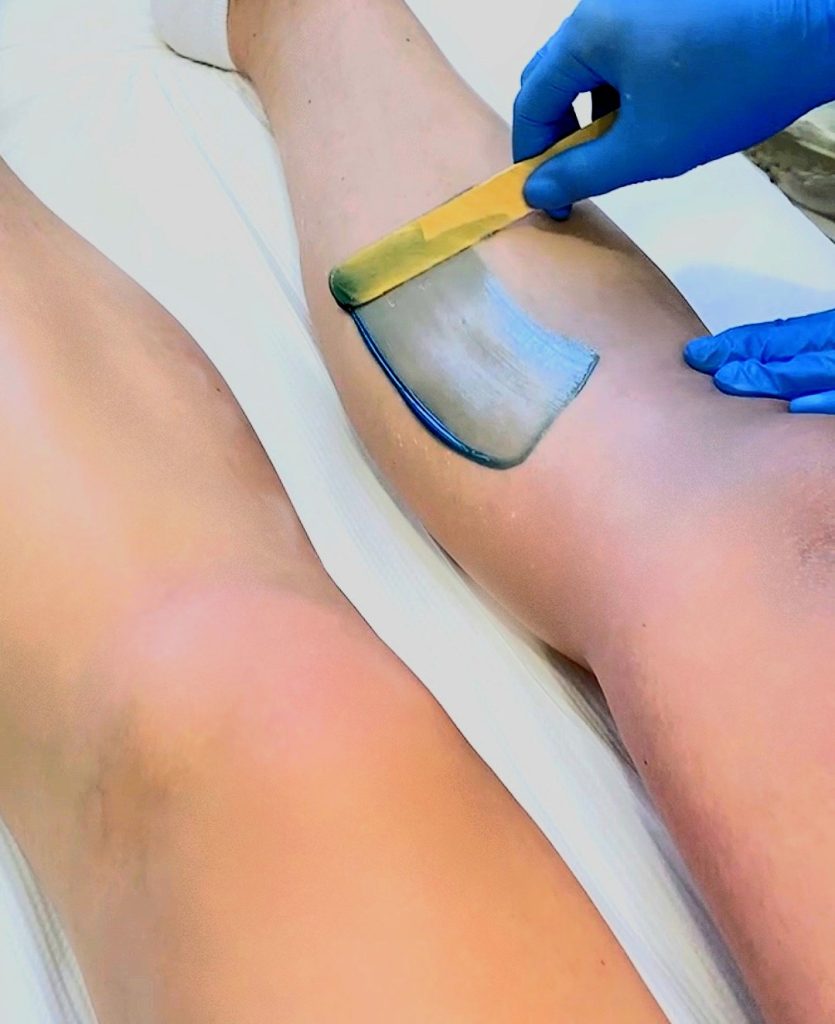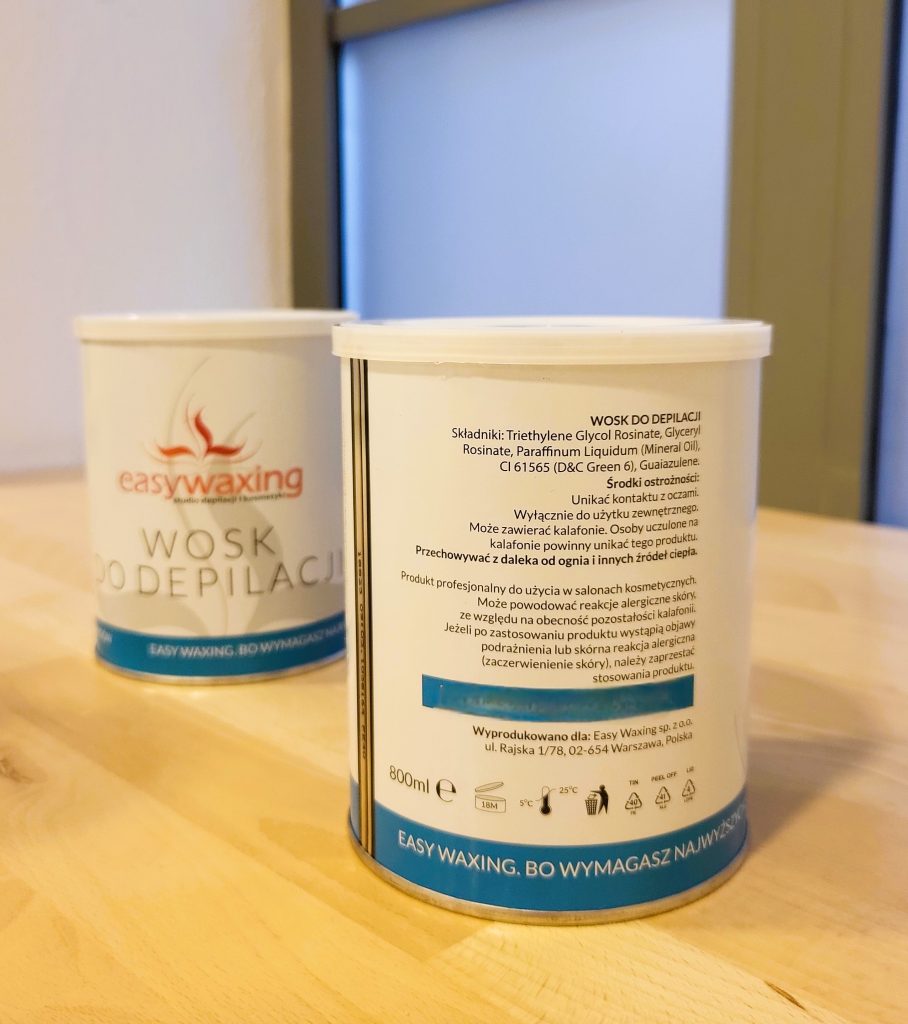What Does an Allergy to Wax Look Like and How to Deal with It?
Blog BackTable of Contents:
- Does Wax for Hair Removal Cause Allergies? Symptoms, Causes, and Alternatives
- Allergy to Hair Removal Wax - Symptoms and Diagnosis
- What to Do in Case of an Allergy to Hair Removal Wax?
- Consultation with a Dermatologist
- Indications and Contraindications for Waxing

Does Wax for Hair Removal Cause Allergies? Symptoms, Causes, and Alternatives
Waxing is one of the most commonly chosen methods for removing unwanted hair. Despite its popularity, it's important to remember that this procedure carries certain risks, including the possibility of allergic reactions. In this article, we will take a closer look at the symptoms of wax allergy, how to identify them, and alternatives for those who may be sensitive to this hair removal method.
Allergy to Hair Removal Wax - Symptoms and Diagnosis
Allergic reactions to cosmetics, including hair removal wax, are a common occurrence. While many people undergo the procedure without issues, any new product can trigger unwanted effects. The most common symptoms of a wax allergy include:
Redness and Swelling: After applying wax to the skin, pink or red rashes may appear, accompanied by swelling in the depilated area.
Itching and Burning: An intense feeling of itching or burning on the skin is a strong indication of an allergic reaction.
Rash: Skin changes, including a rash, may occur in the depilated area and could extend to nearby tissues.
Peeling Skin: In cases of severe reactions, the skin may start to peel, leading to additional discomfort.
Allergy symptoms may persist for more than two days, which distinguishes them from typical irritations that usually subside quickly.

What to Do in Case of an Allergy to Hair Removal Wax?
If you notice any symptoms suggesting an allergy, it is crucial to stop the procedure immediately. Here are the steps you can take to alleviate discomfort:
Thoroughly Clean the Skin: After removing the wax, wash the depilated area with warm water and hypoallergenic soap. This helps eliminate any wax residues and reduces skin contact with allergens.
Disinfection: After cleaning the skin, apply an antiseptic solution to the area where allergic symptoms appeared. This reduces the risk of infection.
Cold Compress: Applying cold packs to the affected area can help relieve pain and swelling, providing comfort to the skin.
Dressing: For more severe skin changes, a sterile gauze bandage can be placed on the wound, securing it with a bandage. Avoid adhesive bandages, as they can further irritate the skin.
Antihistamines: If symptoms are bothersome, consider taking antihistamines available over the counter. Although their effectiveness is not definitively confirmed, many people report a positive impact on alleviating symptoms.
Consultation with a Dermatologist
Before deciding on waxing, it’s advisable to consult a dermatologist, especially if you have doubts about your skin's sensitivity. A specialist can assess your individual needs and recommend appropriate hair removal methods. Additionally, always inform the beautician of any conditions you have and medications you are taking. Some substances can influence skin reactions, making it essential that every procedure is conducted with full awareness of the patient's health status.

Indications and Contraindications for Waxing
Waxing effectively removes hair along with the follicles, resulting in longer-lasting effects. However, not everyone can use this popular method. Individuals prone to ingrown hairs or with active inflammatory conditions should avoid waxing, as it can lead to complications such as inflammation, injuries, or infections. If allergies or other contraindications to waxing become burdensome, it’s worth considering alternative hair removal methods that can yield equally good results.
Laser hair removal is a modern technique that eliminates hair at its root, potentially leading to permanent results and reducing the need for regular treatments after a few sessions. Another option is electrolysis, which works by destroying hair follicles using electric pulses. For those who prefer classic methods, shaving razors or mechanical depilators can be practical solutions. Both methods are easy to use and available for home use. The choice of an appropriate method should consider individual skin needs and comfort, and consulting a beautician or dermatologist can help make the best choice.

An allergy to hair removal wax is a serious problem that requires attention and appropriate actions. Before using any cosmetic product, including wax, it’s always advisable to perform an allergy test on a small patch of skin. Monitoring skin reactions is crucial, and if allergy symptoms occur, the product should be discontinued immediately. Consulting a dermatologist and informing the beautician about health status and medications are fundamental steps to safely conduct the waxing procedure. Proper diagnosis and choice of hair removal method can significantly improve comfort and safety during treatments, contributing to better well-being and skin health.








